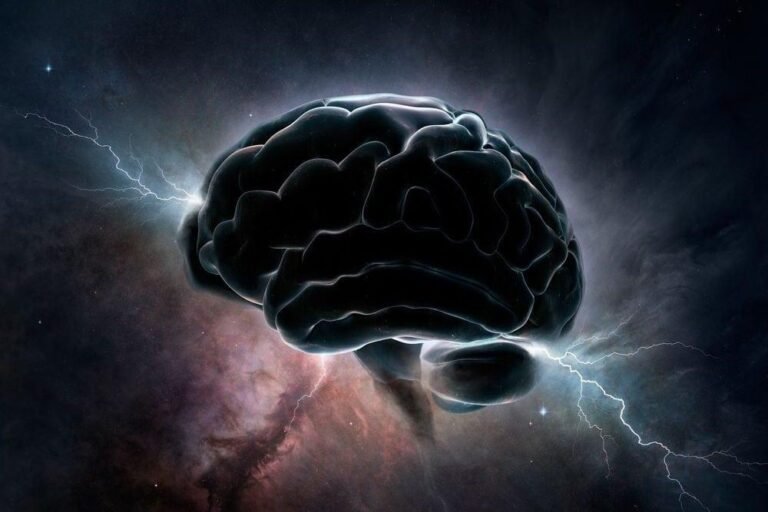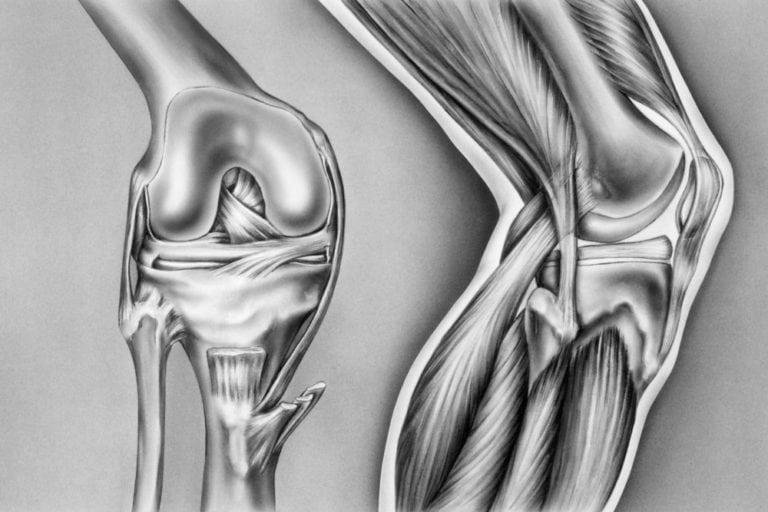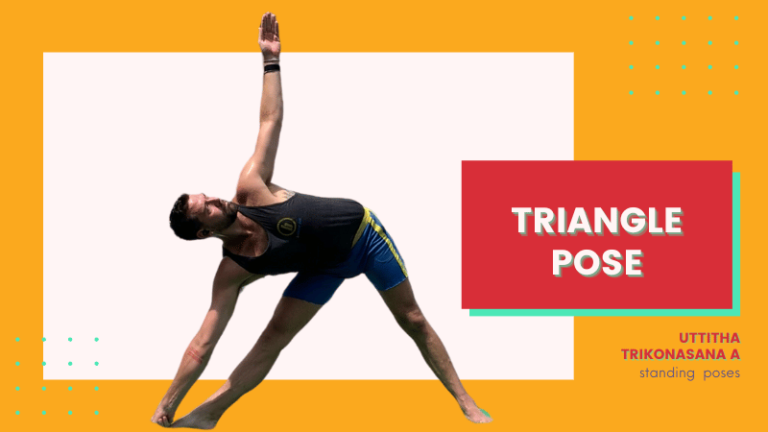Pratyahara Notes from Birmingham Yoga
Prana Withdrawal and Yogic Techniques
Dr. David Frawley’s insights connect pranayama (yogic breath control) with pratyahara (sensory withdrawal). Let’s explore the practice of withdrawing prana from different parts of the body:
- Pranayama as Preparation:
- Pranayama serves as a preparation for pratyahara.
- It involves conscious regulation of the breath to enhance life force energy (prana).
- By mastering pranayama, we gather and refine prana within.
- Withdrawal of Prana:
- Pratyahara follows pranayama, where we consciously withdraw prana.
- Prana is the subtle life force that flows through energy channels (nadis) and energy centers (chakras).
- The goal is to redirect prana inward, away from external distractions.
- Methods of Prana Withdrawal:
- Yogic texts describe techniques for withdrawing prana from specific body parts:
- Starting with the Toes: Imagine drawing prana up from the toes toward the head.
- Ending Points:
- Top of the Head: Focusing on the crown chakra (Sahasrara) connects us to higher consciousness.
- Third Eye (Ajna): Enhances intuition and inner vision.
- Heart Center (Anahata): Cultivates compassion and emotional balance.
- Other Chakras: Choose a specific chakra to direct prana toward.
- Yogic texts describe techniques for withdrawing prana from specific body parts:
- Benefits of Prana Withdrawal:
- Redirecting prana inward calms the mind and enhances inner awareness.
- It allows us to detach from sensory distractions and turn attention to deeper states of consciousness.
- Sources: 11, 22, 33, 44, 55 1
Expert Teachings:
Let’s delve into the profound wisdom encapsulated in these notes about pratyahara and the senses. 🌟🧘♀️
- The Mirror-Like Senses:
- Sri Swami Satchidananda beautifully compares the senses to a mirror.
- When turned outward, they reflect the external world—absorbing everything they encounter.
- However, when turned inward, they become a conduit for pure light, leading to inner peace.
- The innocent senses, when allowed to roam externally, transfer messages to the mind, creating restlessness.
- Inwardly directed, they harmonize with the mind itself.
- Freedom from Old Patterns:
- Consciousness becomes more sensitive as it detaches from sensory distractions.
- Pratyahara liberates our awareness from habitual thinking and rigid patterns.
- The intuitive mind awakens—a realm unconstrained by preconceived notions.
- Creative solutions, aha moments, and bursts of creativity emerge from this receptive space.
- Relaxing the Grasp on the External World:
- Pratyahara is the subtlest aspect of hatha yoga, preceding meditation.
- As we mature spiritually, our explorations extend beyond the physical realm.
- This shift requires relaxing the grip our outer senses have on the external world.
- In our overstimulated modern society (rajas), coaxing the senses inward becomes essential.
- The Antithesis of Yoga: A Wandering Heart-Mind:
- Nicolai Bachman aptly states that a wandering heart-mind opposes the essence of yoga.
- Focusing attention in one place clarifies and purifies consciousness.
- By reining in the senses, we allow our inner light of awareness to shine without distortion.
- Transparency becomes our true nature, illuminating the world with knowledge, kindness, and compassion.
Controlling Sensory Input:
“Have you ever tried a media fast or consciously reduced exposure to screens and external stimuli? How did it impact your mental state?”
“In the practice of Vayu or Prana Pratyahara, awareness is fixed or withdrawn from specific areas. Can you think of a situation where you intentionally focused your awareness to withdraw energy from a particular aspect of your life?”
“Trataka involves steady gazing at a single point. Have you ever practiced this technique? What did you observe during the process?”
Media Fast: A Break from Sensory Overload
Dr. David Frawley’s insights on media consumption remind us that our minds absorb impressions from various sources, including mass media. Let’s explore the concept of a media fast and its potential benefits:
- Understanding Media Fast:
- A media fast involves intentionally disconnecting from electronic media—TV, social media, movies, and other digital content.
- It’s like turning off the noise—giving your mind a break from constant sensory bombardment.
- Filtering Impressions:
- Consider the impressions you absorb daily through screens:
- Advertisements promoting unhealthy foods.
- Dramatic news stories.
- Unrealistic portrayals of life.
- Just as we choose our food carefully, we should be discerning about the mental “food” we consume.
- Consider the impressions you absorb daily through screens:
- Media vs. Real-Life Standards:
- Dr. Frawley points out an interesting paradox:
- We allow fictional characters (via media) into our homes.
- Yet, we’d never invite them in person.
- Reflect on the impact of these impressions on your thoughts, emotions, and actions.
- Dr. Frawley points out an interesting paradox:
- Effects of Sensory Overload:
- Strong sensations from media can dull our minds.
- A dulled mind may lead to insensitivity, carelessness, or even violent behavior.
- By taking a media fast, we regain mental clarity and sensitivity.
- Benefits of Media Fasting:
- Fewer Cravings: Without constant ads, you’re less tempted by unhealthy foods.
- Better Sleep: Reduced exposure to screens improves melatonin production and sleep quality.
- Increased Activity: Use the time for creative pursuits or simply being present.
Remember, a media fast isn’t about deprivation; it’s about intentional choice. Disconnecting periodically allows your mind to reset and thrive. 🌿📺🙏
Sources: 11, 22, 33, 44, 55 1: https://paleoleap.com/media-fast/ “Paleo Leap” 2:
https://joyfilleddays.com/what-is-a-media-fast-and-why-were-doing-one-as-a-family/ “Joy Filled Days” 3: https://www.forbes.com/sites/theyec/2020/04/20/intermittent-media-fasting-how-to-stay-sane-in-a-culture-of-media-overconsumption/ “Forbes” 4: https://www.pbs.org/wgbh/pages/frontline/digitalnation/resources/parents/mediafast.pdf “PBS” 5: https://kaitlingarrison.com/2017/12/23/helpful-guide-21-day-media-fast/ “Kaitlin Garrison”
Positive Impressions & Visualization:
“When you meditate on elements in nature (such as a serene lake or a blooming flower), how does it affect your overall well-being?”
“Devotional practices often involve visualizing a deity or sacred symbol. Have you experienced a sense of connection or peace during such visualizations?”
“Guided visualizations can transport us to different realms. Can you recall a guided visualization that left a lasting impression on you?”
Redirecting Seeing and Inner Focus
Nischala Joy Devi’s wisdom highlights the power of redirecting our visual attention inward. Let’s explore this concept further:
- Internal Gaze and Sensory Alignment:
- Redirecting our gaze from external stimuli to an internal focus has profound effects.
- When we load our minds with visual images, they persist even when our eyes are closed.
- Have you ever noticed how vivid mental images can be, even without external input?
- The “Third Eye” and Heart Center:
- In meditation, students are often guided to establish their inward gaze:
- Third Eye: Located between the eyebrows, it’s associated with intuition and insight.
- Heart Center: Focusing here cultivates compassion and emotional awareness.
- Experiment with these focal points during meditation—what sensations arise?
- In meditation, students are often guided to establish their inward gaze:
- Gradual Training and Mind Liberation:
- Nischala Joy Devi emphasizes a slow and gentle approach.
- As we practice, the mind gradually releases its projection of previously imprinted visual images.
- Reflect on your own experiences: How has inner gazing affected your mental landscape?
- Mudras:
- “Sanmukhi Mudra involves closing the sensory gates. Have you ever practiced this mudra? How did it influence your inner focus?”
- “Shambhavi Mudra directs awareness upward. What thoughts or sensations arise when you practice this mudra?”
- “Do you find mudras to be effective tools for enhancing concentration and pratyahara?”
- Sound Practices:
- “Laya Yoga and Nada Yoga both explore the power of sound. Have you ever engaged in sound-based practices? How did they impact your state of mind?”
- “Japa (mantra recitation) involves repetition of sacred sounds. Which mantra resonates with you, and why?”
- “Kirtan, with its call-and-response chanting, creates a communal experience. Have you participated in kirtan sessions? How did it make you feel?”
- Right Action (Karma Pratyahara):
- “Karma Pratyahara emphasizes controlling our actions. Can you recall a situation where you consciously refrained from reacting impulsively and chose a more mindful response?”
- “How do you balance external responsibilities and inner reflection in your daily life?”
- “What practices help you maintain a sense of inner calm even amidst external challenges?”
Sensory Awareness Meditation:
- Setting the Stage:
- Find a comfortable seat. Place your feet on the floor, hands on your thighs, and sit upright in an alert yet relaxed posture.
- Take a moment to notice your physical sensations:
- Feel your feet on the floor.
- Sense your hands resting on your thighs.
- Be aware of how your seat feels on the chair or cushion.
- Tune in to your spine and overall body posture.
- Pay attention to the texture of your clothing against your skin.
- Body Awareness:
- Shift your focus inward. Notice your breath—how it feels as you inhale and exhale.
- Scan your body for any other physical sensations:
- Coolness or warmth.
- Tingling or prickly sensations.
- Areas of tension or relaxation.
- Sound Awareness:
- Turn your attention to sound:
- First, notice distant sounds—perhaps a highway, birds, or distant voices.
- Then, bring your awareness closer to your immediate surroundings:
- Is someone moving in another room?
- Can you hear the hum of an air conditioner or heater?
- Finally, listen to the micro sounds within your own body:
- Your stomach gurgling.
- The shifting of your clothes as you breathe.
- Turn your attention to sound:
- Smell Awareness:
- Take a moment to notice any scents in your environment:
- Perhaps there’s a subtle fragrance or the absence of smell.
- As your mind settles, you become more attuned to sensory details.
- Take a moment to notice any scents in your environment:
- Taste and Touch:
- While not explicitly mentioned in the initial meditation, you can extend your awareness to taste and touch:
- Notice any lingering tastes in your mouth.
- Feel the texture of your fingertips against each other.
- Be present with the sensations of touch on your skin.
- While not explicitly mentioned in the initial meditation, you can extend your awareness to taste and touch:
- Thoughts and Awareness:
- Throughout this practice, thoughts may arise. Acknowledge them without judgment.
- Remember that sensory awareness brings you back to the present moment.
- Each sense—sight, sound, taste, touch, smell—anchors you in the now.
Pratyahara Considerations
- The Undisciplined Mind and Sensory Chasing:
- An undisciplined mind is often driven by desire and habit, endlessly pursuing sensory stimuli.
- Pratyahara doesn’t label the senses as inherently bad; instead, it teaches the practice of letting go of outer sensations to turn inward.
- By doing so, pratyahara redirects our attention to the essential nature of the mind itself.
- Managing Senses Sensibly:
- Geshe Michael Roach reminds us that our physical senses are valuable tools.
- Enjoy sensory experiences—whether it’s savoring pizza or relishing ice cream.
- However, to make spiritual progress, we must manage our senses wisely:
- Fully engage with a song, then intentionally turn off the radio.
- Cultivate moments of happy silence, especially when shared with friends.
- The Problem Isn’t the Senses, It’s Attachment:
- Sandra Anderson clarifies that the problem isn’t our keen awareness of the world through our senses.
- The issue arises when we can’t let go of sensations.
- Instead of consciously choosing what to attend to, the undisciplined mind follows sensory desires and habits.
- Working with the Senses in Pranayama:
- Even with pranayama (breath control), the mind isn’t fully fit because the senses persistently pull it in different directions.
- The senses entice us:
- “Look at this wonderful thing!”
- “Smell that delightful aroma!”
- “Taste the delicious food!”
- Pratyahara involves reining in these turbulent senses, allowing the mind to find stillness.
Reflection:
- After the meditation, take a moment to reflect:
- How did it feel to focus on your senses?
- Did you notice anything new or surprising?
- Consider integrating sensory awareness into your daily life.
Remember, this practice allows you to replenish mental energy by returning to your senses. Enjoy the richness of the present moment!
Feel free to explore variations of this meditation and adapt it to your teaching or personal practice. 🙏123







